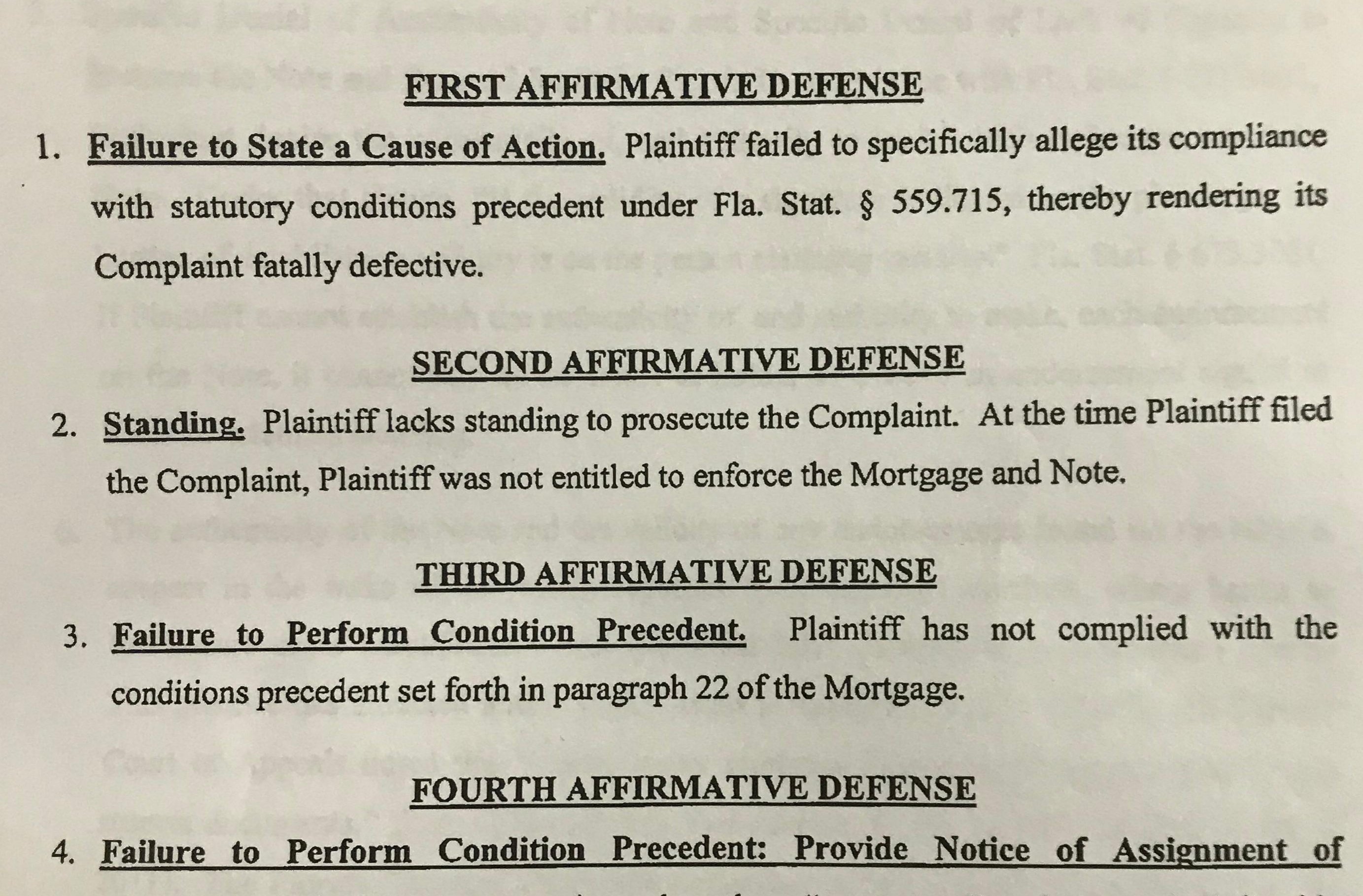 For any homeowner, the prospect of losing their home because they can’t make the mortgage payments can be a frightening experience. Since the Great Recession began, many borrowers have experienced problems making ends meet because of losing a job, divorce, medical issues and other situations.
For any homeowner, the prospect of losing their home because they can’t make the mortgage payments can be a frightening experience. Since the Great Recession began, many borrowers have experienced problems making ends meet because of losing a job, divorce, medical issues and other situations.
In addition, during the real estate boom, it was common for borrowers to get duped into take on risky adjustable-rate mortgages (ARMs) to get into homes they could not otherwise afford. ARMs have low “teaser rates” for at least the first year. This feature helps borrowers qualify bigger mortgages.
After the introductory rate expires, the lender can adjust the interest rate on the loan at predetermined intervals, which can send monthly payments skyrocketing.
To provide financial relief and help borrowers save their homes from foreclosure, many lenders offer borrowers loan modification packages. Lenders have the motivation to avoid the costlier alternative of foreclosure by offering to change the terms of the loan to decrease the monthly mortgage payments.
The bank hopes you can sustain the new, lower monthly payments and repay the obligation.
Loan Modification Packages
Some banks have their own formulas and requirements for the program. The Home Affordable Modification Program (HAMP) sponsored by the federal government is the biggest loan modification program.
Understand that a loan modification package varies according to the lender. New agreements may include the following adjustments:
- Current outstanding loan balance – This amount clarifies how much you owe the bank at the time the agreement goes into effect. It should reflect any principal reduction or elimination of late charges and fees.
- New interest rate – Typically, the lender will give you a new interest rate. You should know if the new rate is a fix-rate product or an adjustable-rate mortgage. Remember a fixed-rate means the interest stay constant for the remaining period of the loan. An ARM should have a starting interest rate and state how long the introductory period lasts and the interest rate adjustment intervals
- New principal - This is the monthly payment minus interest and remains constant
- Maturity date – This is the time the outstanding loan amount is scheduled to be must be repaid in full.
The loan modification agreement should also contain a covenant clause. This provision spells out the obligations between you and the bank. It basically states that the borrower agrees to repay the home loan under the terms outlined in the document or be subjected to specified penalties.
The modification offer should state the penalties as well as the conditions that can activate them.

Making the Offer
Once the lender extends a loan modification offer, it can legally rescind the offer before the borrower accepts. However, making the following assumptions
- The borrower has been truthful about her income and other information/documentation requested by the lender
- The homeowner accepts the loan modification offer (signs all the necessary documents) and sends it back in the mode/time period specified by the lender
once you accept the bank’s offer, the loan modification package become a legally binding contract. The bank cannot take back the offer without opening itself up to a potential lawsuit.
Prior to a permanent loan modification, many lenders require the borrower to enter into a “trial” modification for a designated period of time, such as three months, to test the borrower’s commitment to living up to the terms of the new agreement. The borrower must make the modified payment.
As long as the homeowner successfully completes the trial program, which includes making the monthly payments on time, the lender finalizes the paperwork and makes the modification permanent.
The Courts have also ruled that a borrower who successfully completes the trial period. (this means meeting the conditions as stipulated in the agreement), can sue the lender for failure to make the modification a permanent modification.










